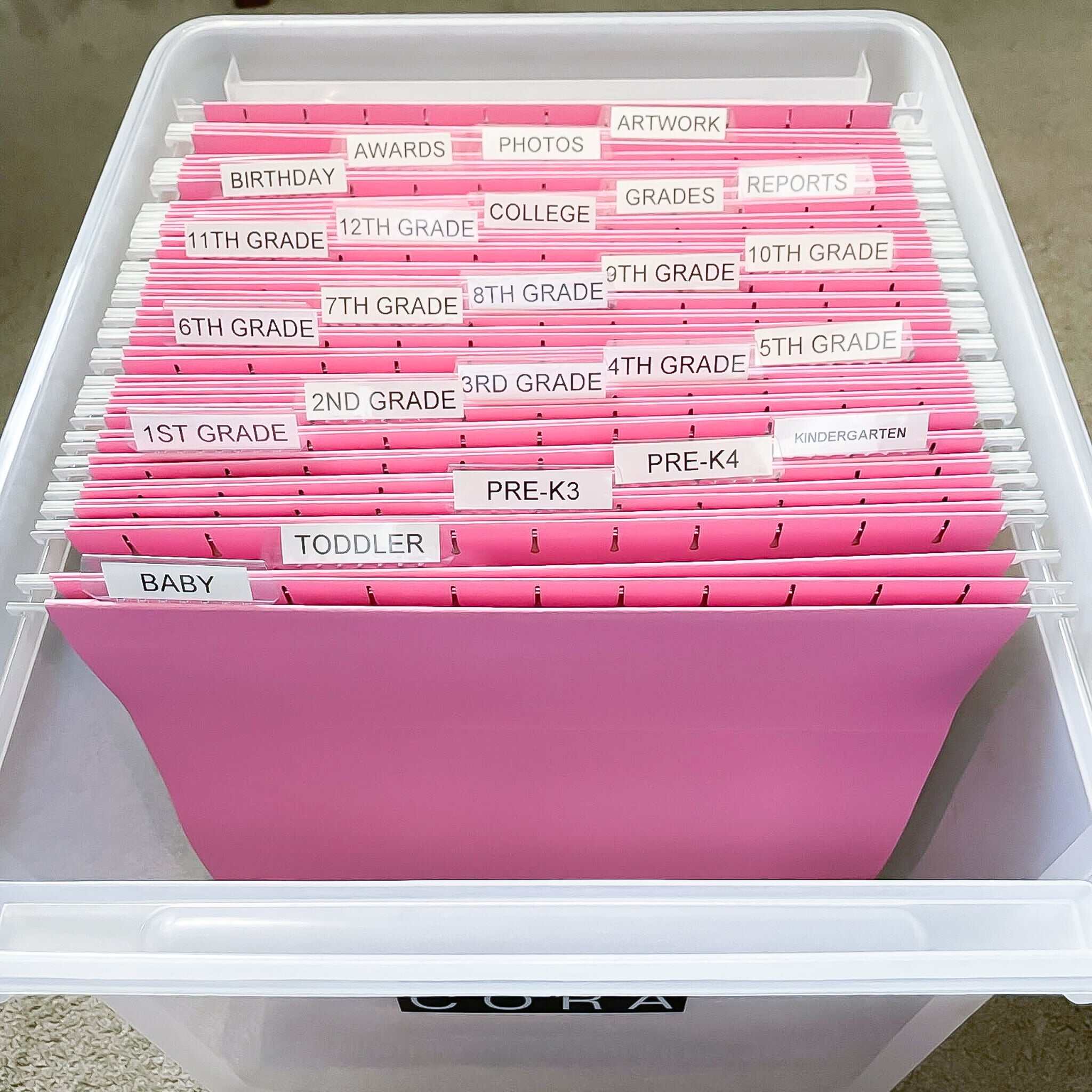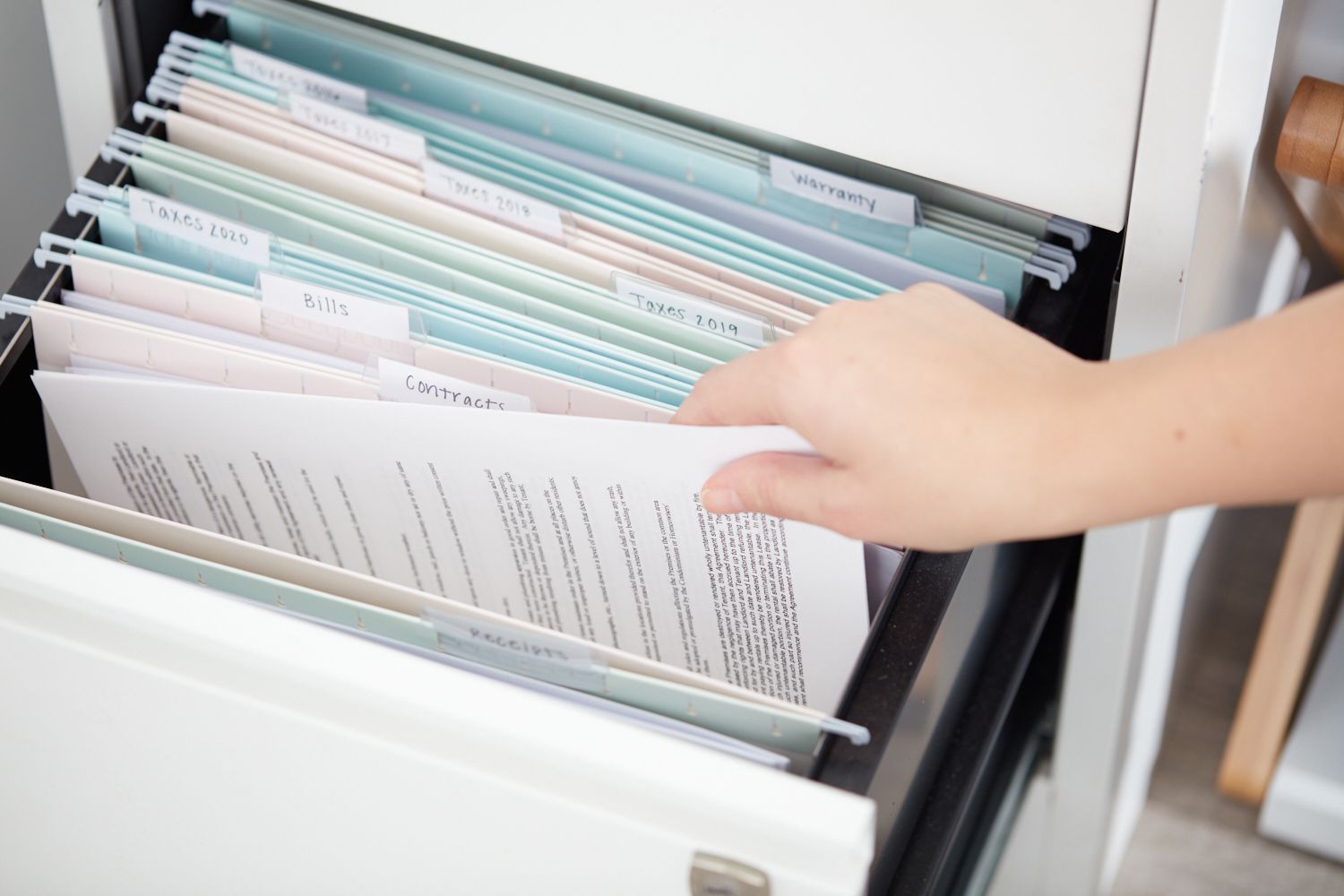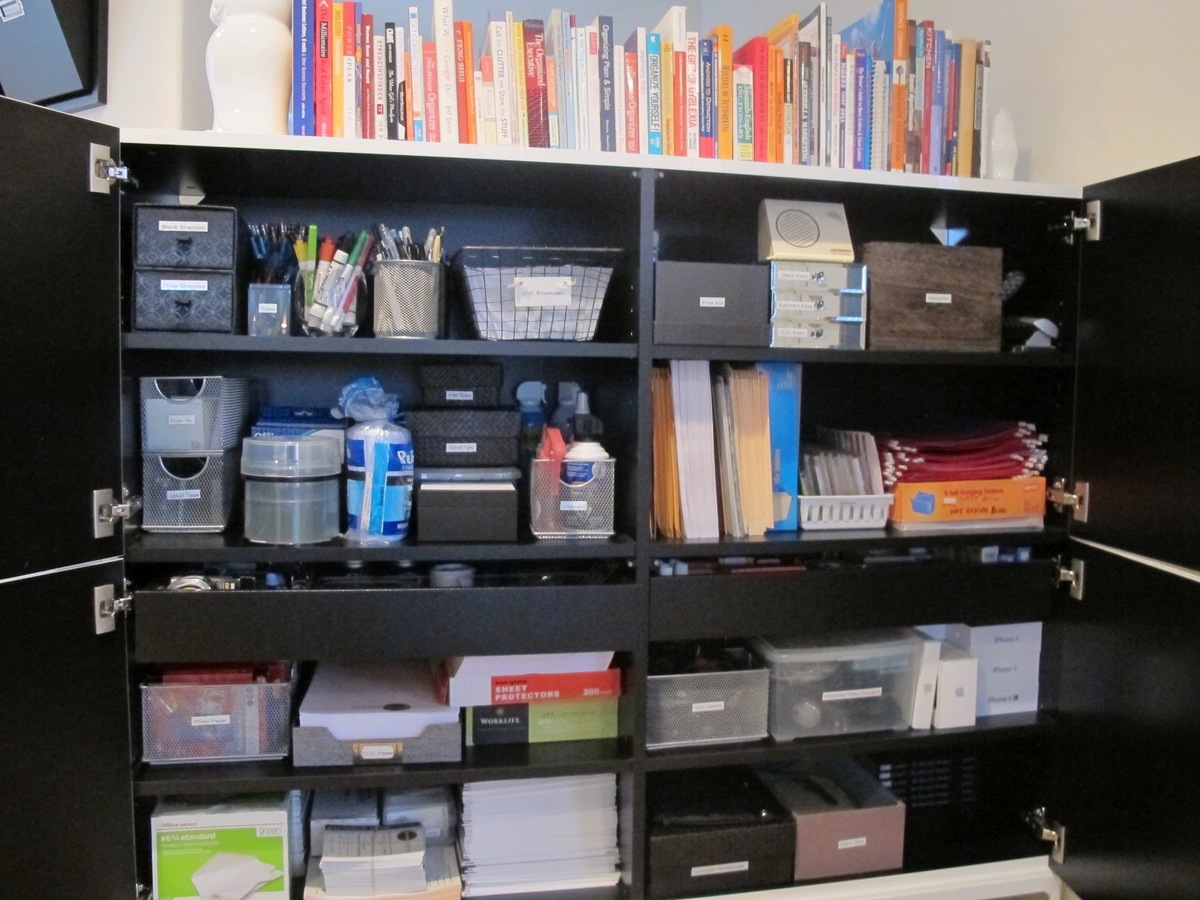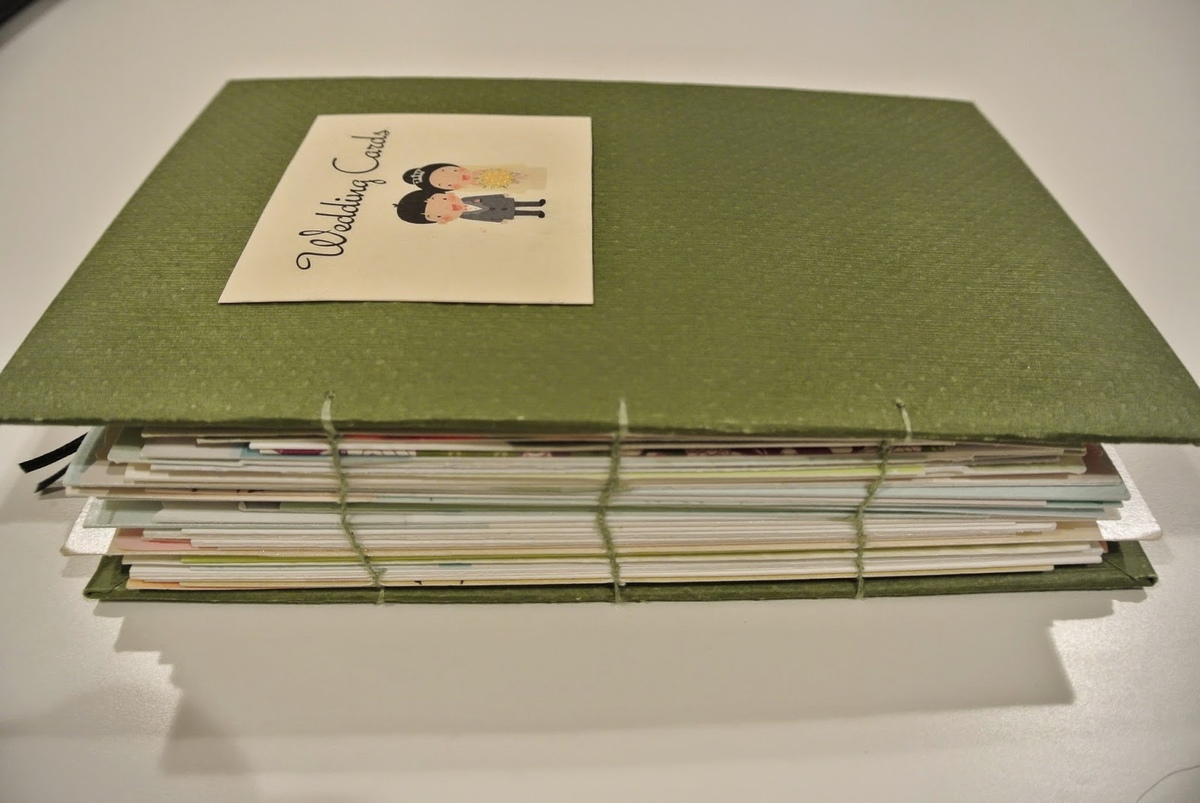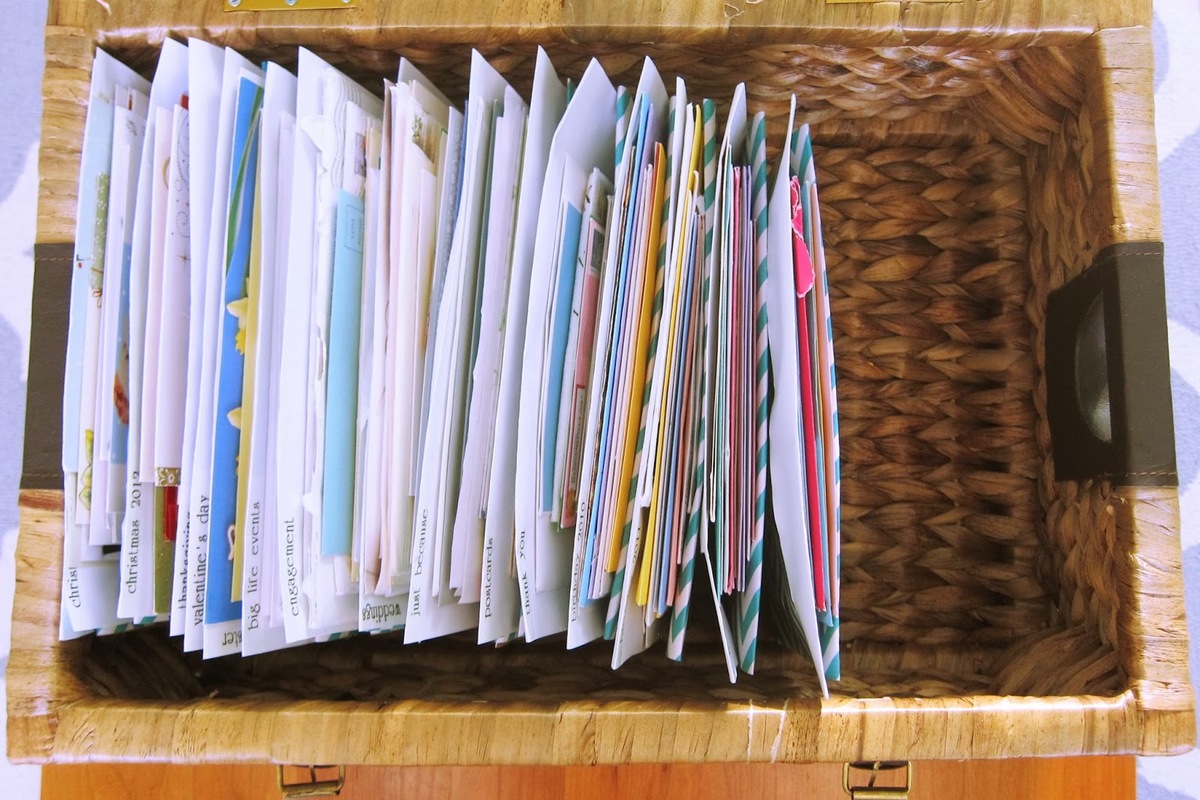Home> How To Store Stationery & Office Supplies
How to Store Stationery & Office Supplies: Optimize Your Workspace
Master the art of storing stationery & office supplies effectively! Organize your workspace for improved productivity, efficiency, and work culture. Learn more!
